 This weekend only, IKEA has a printable $25 off $150 coupon [pdf] that is valid through 4/22/18. The coupon states that you can also show it on your phone at checkout. Valid in US stores only. Here is selected fine print:
This weekend only, IKEA has a printable $25 off $150 coupon [pdf] that is valid through 4/22/18. The coupon states that you can also show it on your phone at checkout. Valid in US stores only. Here is selected fine print:
Not valid on IKEA Kitchen Event offer, IKEA services, Eat for Free or Kids Eat Free IKEA Food Offers, IKEA FAMILY Individual Kitchen Planning Service Offer or in the IKEA Restaurant or Swedish Food Market. Not valid on previous purchases or the purchase of IKEA Gift Cards.
IKEA coupons are pretty rare, other than their ongoing $25 off $250 moving coupon.
 If you enjoy financial success stories from people with modest incomes, check out the Time Money article
If you enjoy financial success stories from people with modest incomes, check out the Time Money article 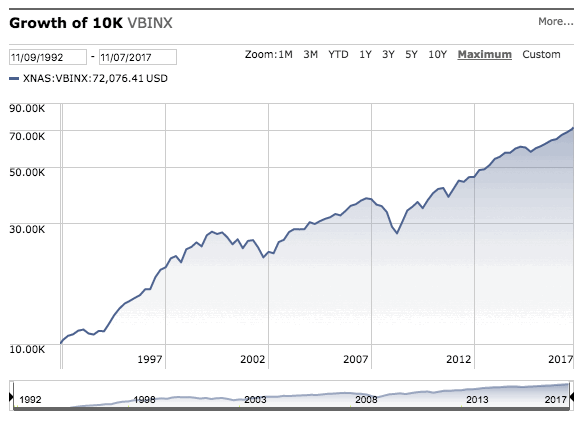

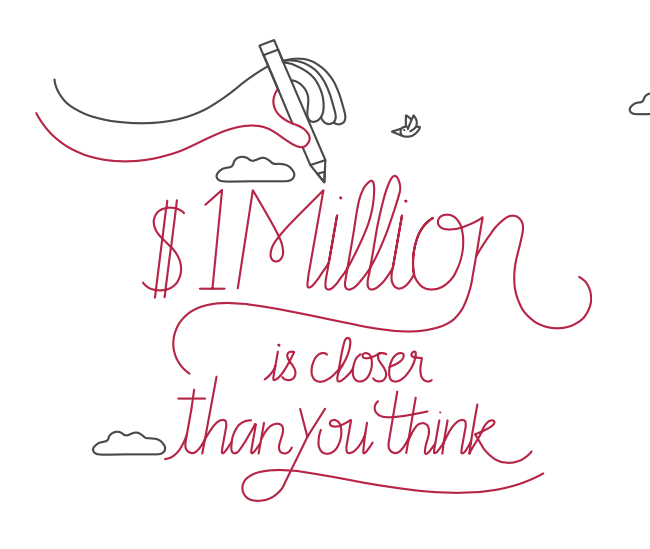
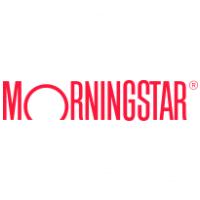 You’ve decided that low-cost index funds are the way to go. Which index fund company do you pick? Morningstar has a new research paper titled
You’ve decided that low-cost index funds are the way to go. Which index fund company do you pick? Morningstar has a new research paper titled 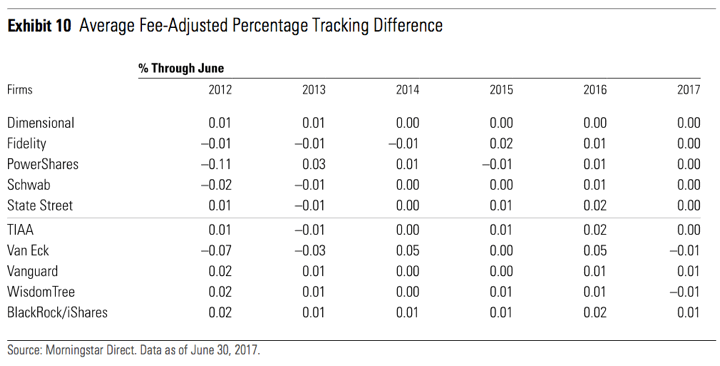


 All-Clad cookware is known to be very high quality, but also quite expensive. If you cook regularly, you can justify the high price with the fact that the stainless steel pots and pans will essentially last forever. (I would skip the non-stick stuff, even anodized won’t last forever.)
All-Clad cookware is known to be very high quality, but also quite expensive. If you cook regularly, you can justify the high price with the fact that the stainless steel pots and pans will essentially last forever. (I would skip the non-stick stuff, even anodized won’t last forever.)  If you’ve read enough investing books, you know about the “Dutch Tulip Mania” of the 1600s (
If you’ve read enough investing books, you know about the “Dutch Tulip Mania” of the 1600s (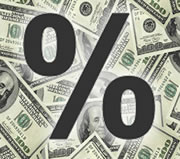

 The Best Credit Card Bonus Offers – March 2024
The Best Credit Card Bonus Offers – March 2024 Big List of Free Stocks from Brokerage Apps
Big List of Free Stocks from Brokerage Apps Best Interest Rates on Cash - March 2024
Best Interest Rates on Cash - March 2024 Free Credit Scores x 3 + Free Credit Monitoring
Free Credit Scores x 3 + Free Credit Monitoring Best No Fee 0% APR Balance Transfer Offers
Best No Fee 0% APR Balance Transfer Offers Little-Known Cellular Data Plans That Can Save Big Money
Little-Known Cellular Data Plans That Can Save Big Money How To Haggle Your Cable or Direct TV Bill
How To Haggle Your Cable or Direct TV Bill Big List of Free Consumer Data Reports (Credit, Rent, Work)
Big List of Free Consumer Data Reports (Credit, Rent, Work)